Dungeons & Dragons
Greatsword 5e D&D Guide
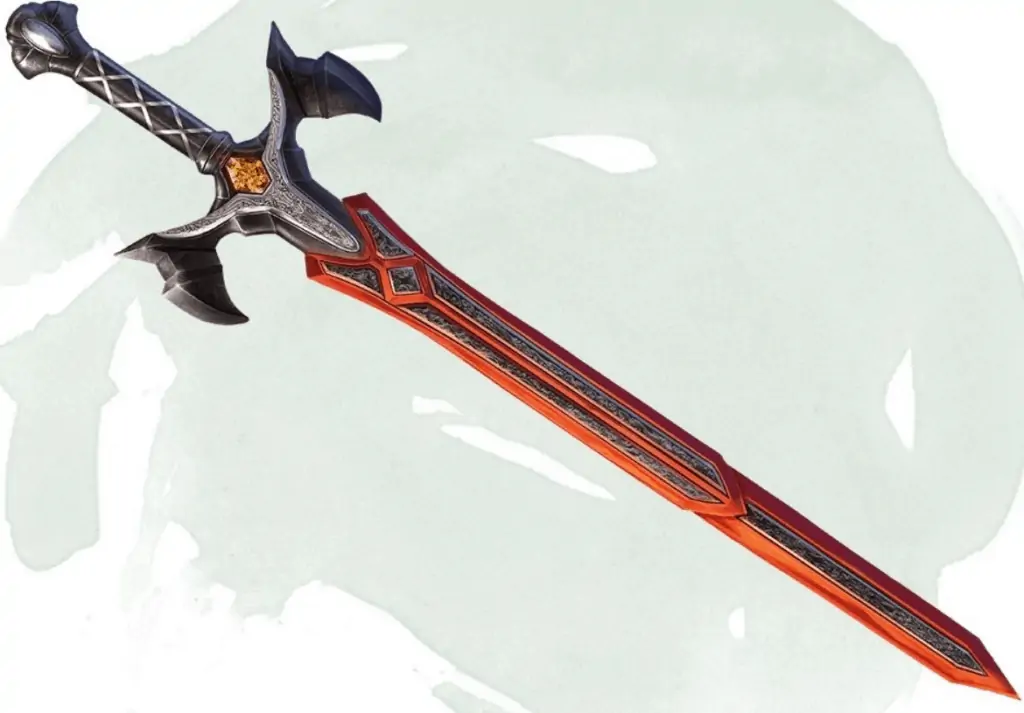
Greetings, fellow adventurers! I’m Alex Hawthorne, your seasoned guide through the world of weapons and warfare, and today, I’m eager to delve into the mighty Greatsword.
There’s a certain elegance to wielding a weapon as imposing and powerful as the Greatsword. Picture a blade as tall as you are, capable of cleaving through enemies with a single strike.
Join me as we explore the intricacies of this iconic weapon, its usage, rules, and the art of mastering it on the battlefield.
What is a Greatsword in D&D 5e?
A Greatsword in Dungeons & Dragons 5th Edition is a two-handed melee weapon known for its sheer size and devastating impact.
It falls under the category of martial weapons and is favored by warriors and adventurers who prefer raw power over finesse.
How to Master the Greatsword:
Mastering the Greatsword requires strength, precision, and strategic prowess.
Here’s how I effectively wield this imposing weapon:
- Two-Handed Grip: I wield the Greatsword with two hands, maximizing my leverage and power. By dedicating both hands to the grip, I ensure each swing packs a tremendous punch.
- Damage: A Greatsword deals 2d6 slashing damage when used one-handed, or 2d6 slashing damage when used with two hands. This means I can roll two six-sided dice to calculate the damage inflicted upon a successful hit.
- Versatile and Deadly: The Greatsword is versatile, allowing me to use it one-handed or two-handed. However, I prefer the two-handed approach for maximum damage potential, sacrificing the use of a shield for raw offensive power.
- Strength Requirement: To effectively wield a Greatsword, I need a minimum Strength score of 15. A warrior with sufficient strength can fully utilize the weapon’s capabilities.
- Critical Hits: When I score a critical hit (rolling a natural 20 on the attack roll), I get to roll extra damage dice. For a Greatsword, this means rolling an additional 2d6, potentially dealing massive damage to my foe.
Rules for Using a Greatsword:
- Weapon Type: The Greatsword is a melee martial weapon.
- Damage: When you attack with a Greatsword, you roll two six-sided dice (2d6) to determine the slashing damage. If you wield it one-handed, the damage remains the same (2d6). If you use both hands to make a melee attack, you gain a bonus to the damage roll equal to your Strength modifier.
- Versatile Property: The Greatsword has the versatile property, which means you can use it one-handed or two-handed. When you use it two-handed, you deal more damage due to the increased strength behind your swings.
- Strength Requirement: To effectively wield a Greatsword, your character needs a minimum Strength score of 15. If your Strength score is lower than this requirement, you will have a disadvantage on attack rolls made with a Greatsword.
- Critical Hits: When you score a critical hit with a Greatsword (rolling a natural 20 on the attack roll), you roll extra damage dice. For a Greatsword, this means rolling an additional 2d6, potentially dealing significant damage on a critical hit.
- Special Maneuvers: The Greatsword itself does not grant special maneuvers, such as disarming or tripping opponents. However, you can work with your Dungeon Master to incorporate such actions using the optional rules in the Dungeon Master’s Guide or other official supplements.
- Heavy and Two-Handed: Greatswords do not have the “heavy” property, so characters can use them without disadvantage underwater or in other situations where heavy weapons might be cumbersome.
Examples of Greatsword Usage:
Picture this: A horde of menacing orcs charges toward our party. With my Greatsword in hand, I step forward, channeling my strength into a powerful swing. The blade cleaves through the first orc, its sheer momentum carrying it through to the next, felling multiple foes in a single stroke.
In another scenario, a hulking ogre, armored and enraged, lumbers toward us. I seize the moment, delivering a precise strike to a chink in its armor. The Greatsword pierces through, finding its mark and weakening the beast before it can retaliate.
Frequently Asked Questions (FAQs) about Greatswords in D&D 5e:
Q: Can my character use a Greatsword one-handed with a shield?
A: Yes, but using a Greatsword one-handed reduces the damage to 1d6. Most adventurers prefer the two-handed grip for the weapon’s full damage potential.
Q: Can I use my Strength modifier for attack and damage rolls with a Greatsword?
A: Yes, you add your Strength modifier to both the attack and damage rolls when using a Greatsword.
Q: Can characters of all classes use a Greatsword?
A: No, Greatswords are martial weapons. Some classes, like fighters and paladins, have proficiency with martial weapons and can use Greatswords without penalty.
Q: Can I perform special maneuvers or attacks with a Greatsword, such as disarming an opponent?
A: Specific maneuvers like disarming are typically not inherent to the weapon itself but can be performed using the Disarm optional rule with the Dungeon Master’s approval.
Q: Can my character use a Greatsword underwater without penalty?
A: Yes, Greatswords do not have the “heavy” property, so characters can use them underwater without disadvantage on attack rolls.
With a Greatsword in hand, I become a force to be reckoned with on the battlefield. Each swing carries the weight of my determination and the hopes of my companions.
May your strikes be true, and may your enemies fall before the might of your Greatsword.
Safe travels and triumphant battles!

-

 Dungeons & Dragons6 months ago
Dungeons & Dragons6 months agoAberrations 5e D&D Guide
-
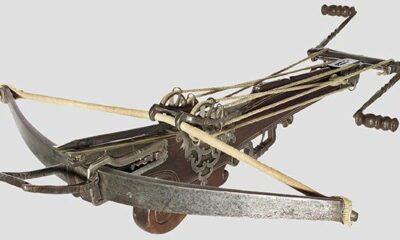
 Dungeons & Dragons6 months ago
Dungeons & Dragons6 months agoHeavy Crossbow 5e D&D Guide
-

 Dungeons & Dragons6 months ago
Dungeons & Dragons6 months agoUnderstanding Size Categories in Dungeons & Dragons Guide
-

 Dungeons & Dragons6 months ago
Dungeons & Dragons6 months agoMinor Illusion 5E D&D Guide
-
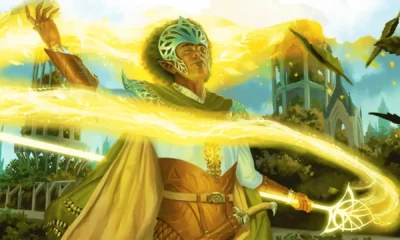
 Dungeons & Dragons6 months ago
Dungeons & Dragons6 months agoThaumaturgy 5e D&D Guide
-

 Dungeons & Dragons6 months ago
Dungeons & Dragons6 months agoHerbalism Kit 5e D&D Guide
-
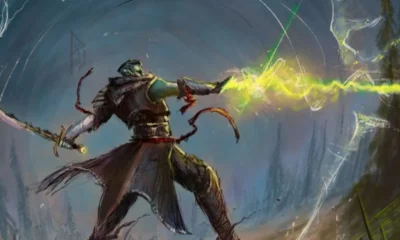
 Dungeons & Dragons6 months ago
Dungeons & Dragons6 months agoRay of Sickness 5e Dungeons & Dragons Guide
-
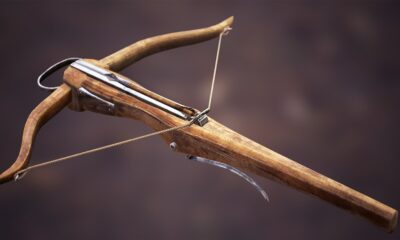
 Dungeons & Dragons6 months ago
Dungeons & Dragons6 months agoLight Crossbow 5e D&D Guide
